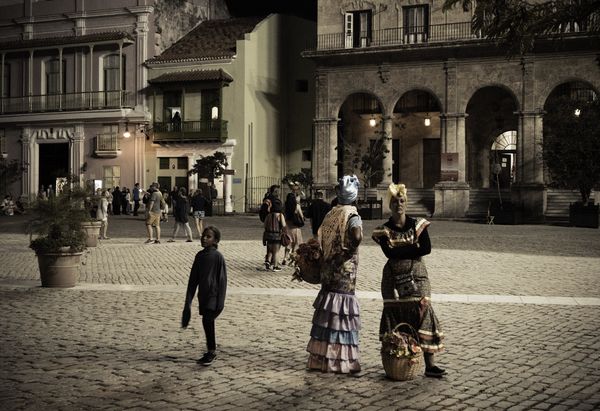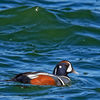Night Photos - A Tutorial
Jan 20, 2019 18:23:33 #
rmalarz wrote:
Fred, I would guess they do. Since these were taken at 1/6 and .6 seconds respectively, they were definitely too slow a shutter speed to catch any variation is luminosity.
--Bob
--Bob
Thanks. Wondered about the speed.
Jan 20, 2019 20:46:10 #
Jan 20, 2019 23:35:27 #
You're welcome, Fred.
--Bob
--Bob
Fred Harwood wrote:
Thanks. Wondered about the speed.
Jan 20, 2019 23:35:49 #
Jan 21, 2019 07:09:23 #
Thanks much! Excellent info. I know just the spot to try this on.
rmalarz wrote:
In a previous post, https://www.uglyhedgehog.com/t... (show quote)
Jan 21, 2019 07:22:38 #
Jan 21, 2019 07:45:21 #
Jan 21, 2019 07:58:16 #
I have also enjoyed taking photos at night. They are usually taken with a F1.9 25 mm (50 equivilent) lens.
Metering is done by the camera aimed at the scene.
Attached is one recently taken in Havana.
Metering is done by the camera aimed at the scene.
Attached is one recently taken in Havana.

Jan 21, 2019 08:06:21 #
Thanks Mr. Bob......that was very informative and makes sense to me. Sometimes when we can't get our cameras to do what we want we need little tricks to overcome our lack of technical skill in special conditions like low light availability. I must learn to do some post processing soon to expand my abilities. Thanks again sir.
Jimbo
Jimbo
Jan 21, 2019 08:16:57 #
catchlight..
Loc: Wisconsin USA- Halden Norway
Good advise ...
But I think getting all in one shot is becoming less important today.
Bracketing is a better answer for night photography. I can't imagine today trying to get a single shot to capture it all. In the film days yes, but this is 2019.
ETTR and similar ideas are no longer valid in my opinion but, you do make a good point for understanding optimum exposure.
But I think getting all in one shot is becoming less important today.
Bracketing is a better answer for night photography. I can't imagine today trying to get a single shot to capture it all. In the film days yes, but this is 2019.
ETTR and similar ideas are no longer valid in my opinion but, you do make a good point for understanding optimum exposure.
rmalarz wrote:
In a previous post, https://www.uglyhedgehog.com/t... (show quote)
Jan 21, 2019 08:27:53 #
Jan 21, 2019 08:56:27 #
Jan 21, 2019 09:19:17 #
AirWalter
Loc: Tipp City, Ohio
Thank You so much Bob for the link to this tutorial. Love that barber shop photo. I'll be watching for the updated post.
Jan 21, 2019 09:28:44 #
rmalarz wrote:
In a previous post, https://www.uglyhedgehog.com/t... (show quote)
Thanks Bob, appreciate it and what a great simple procedure
Jan 21, 2019 09:46:14 #
If you want to reply, then register here. Registration is free and your account is created instantly, so you can post right away.






